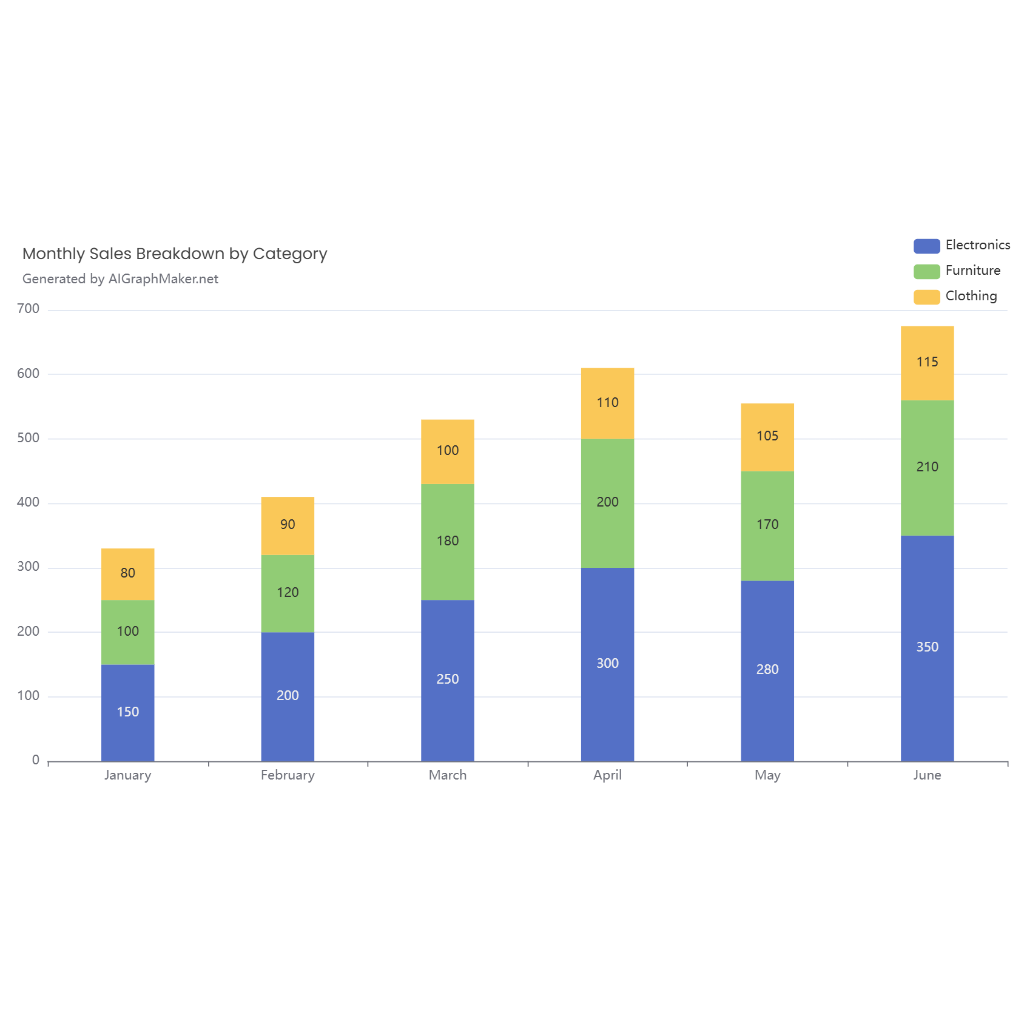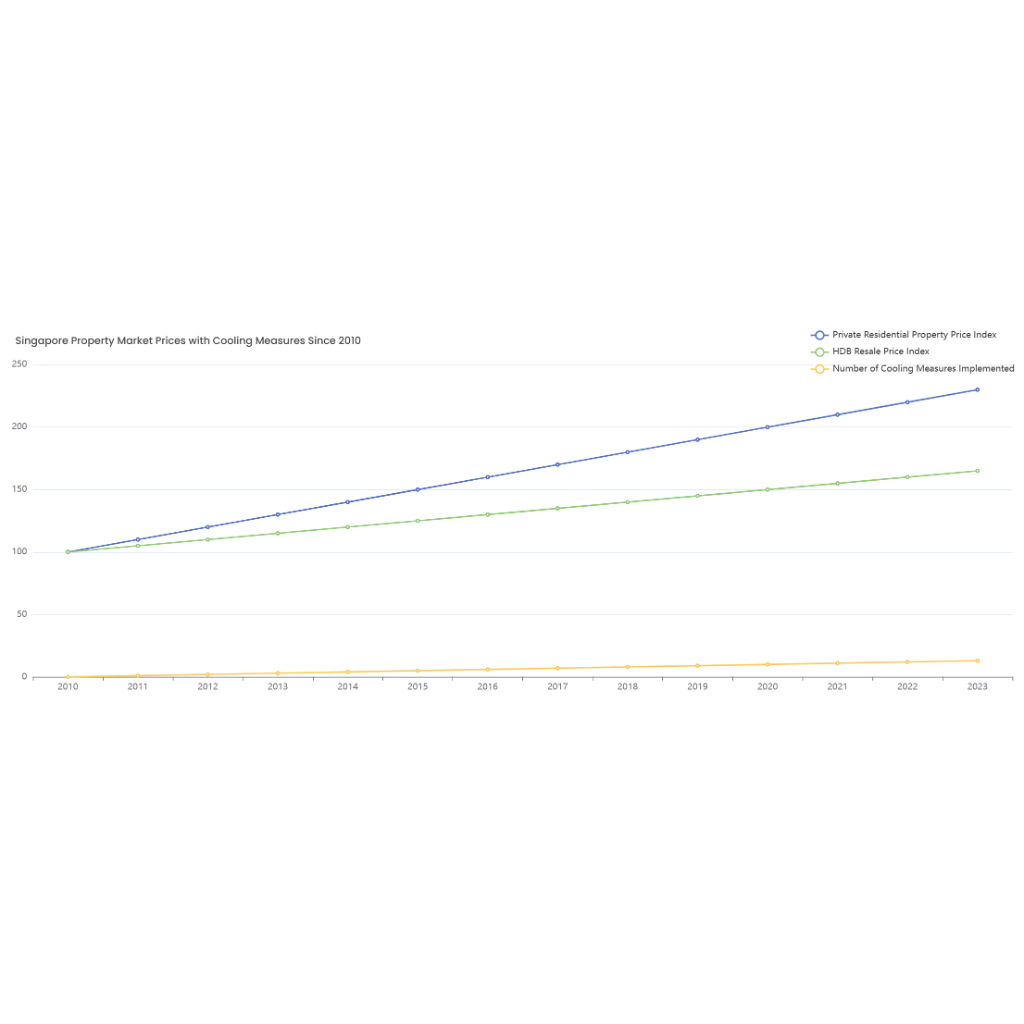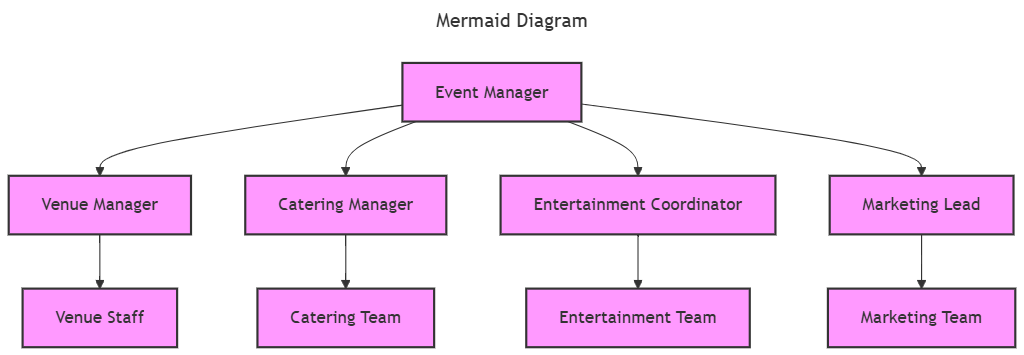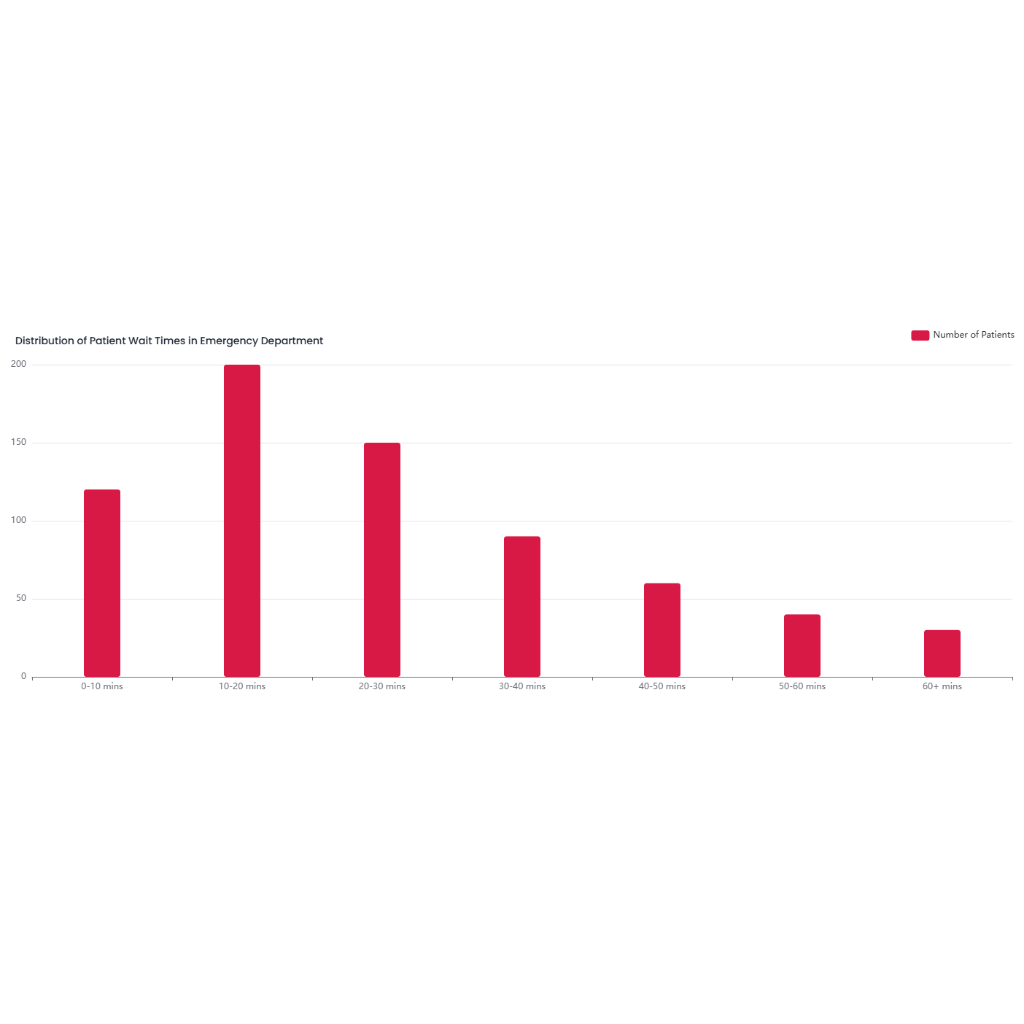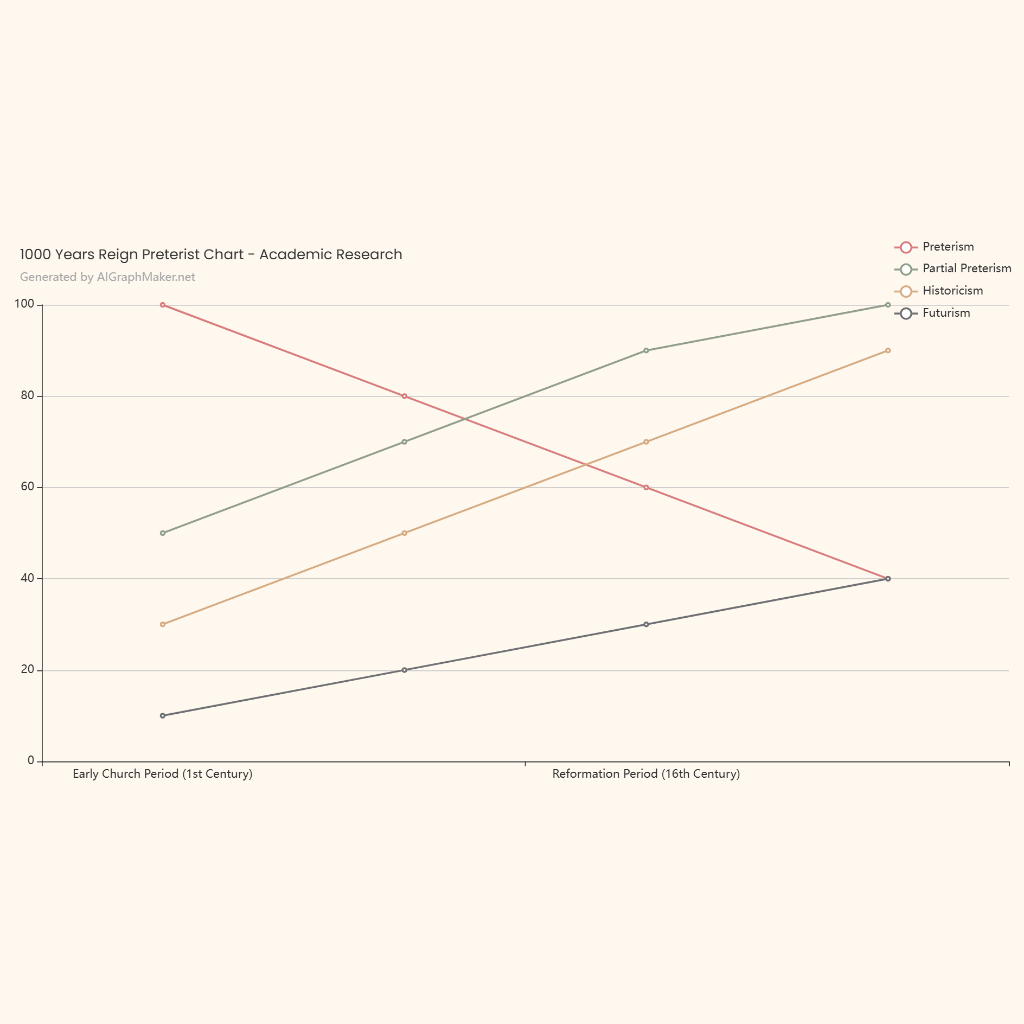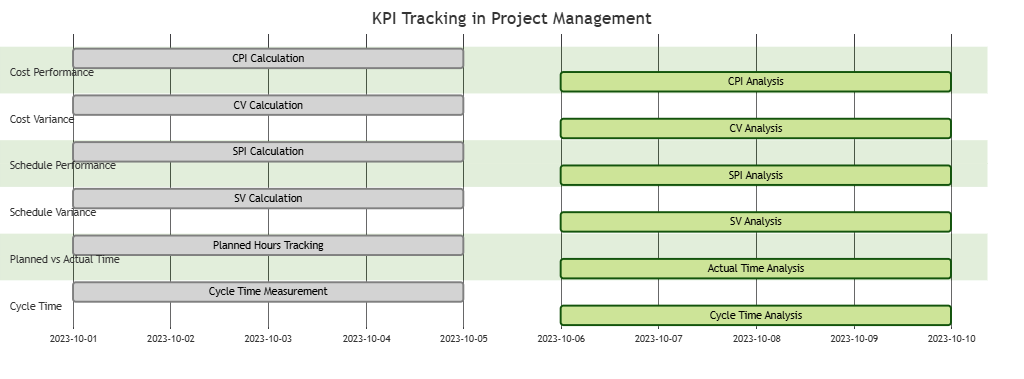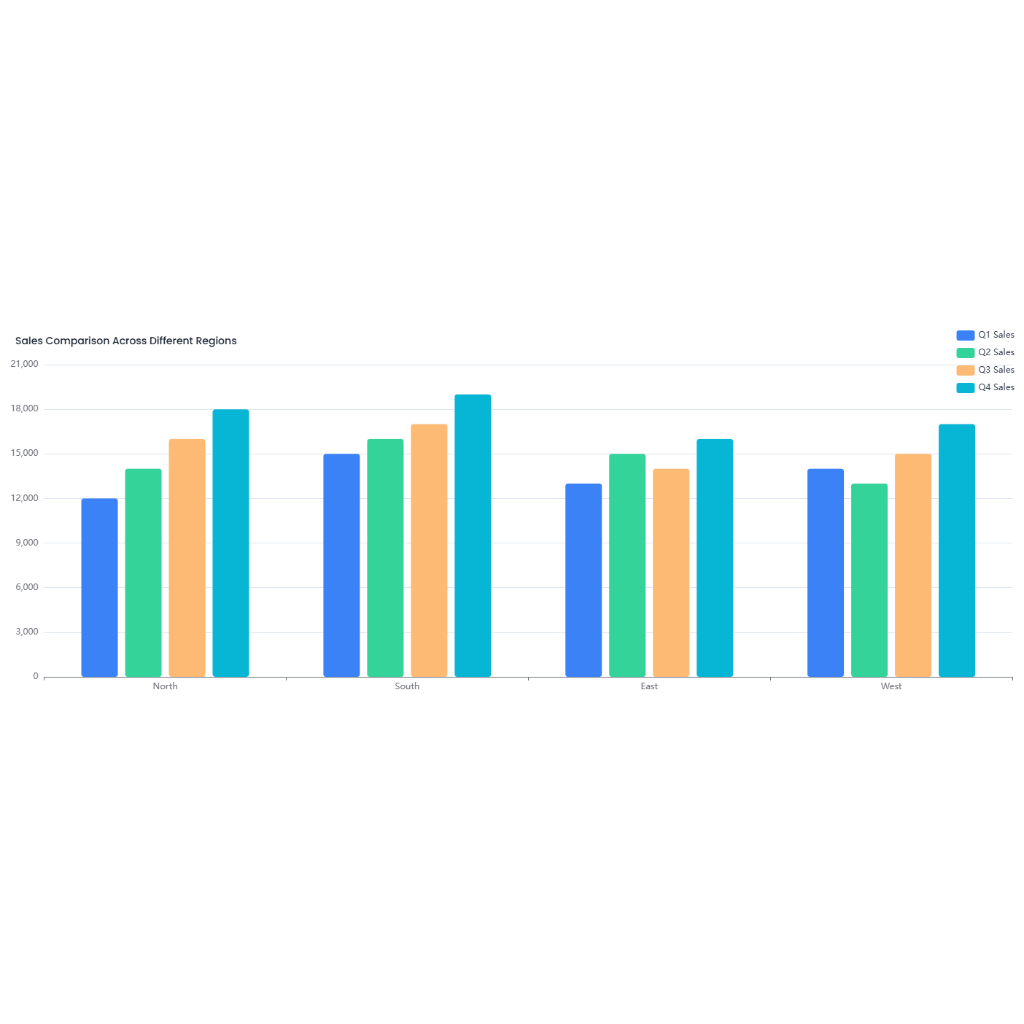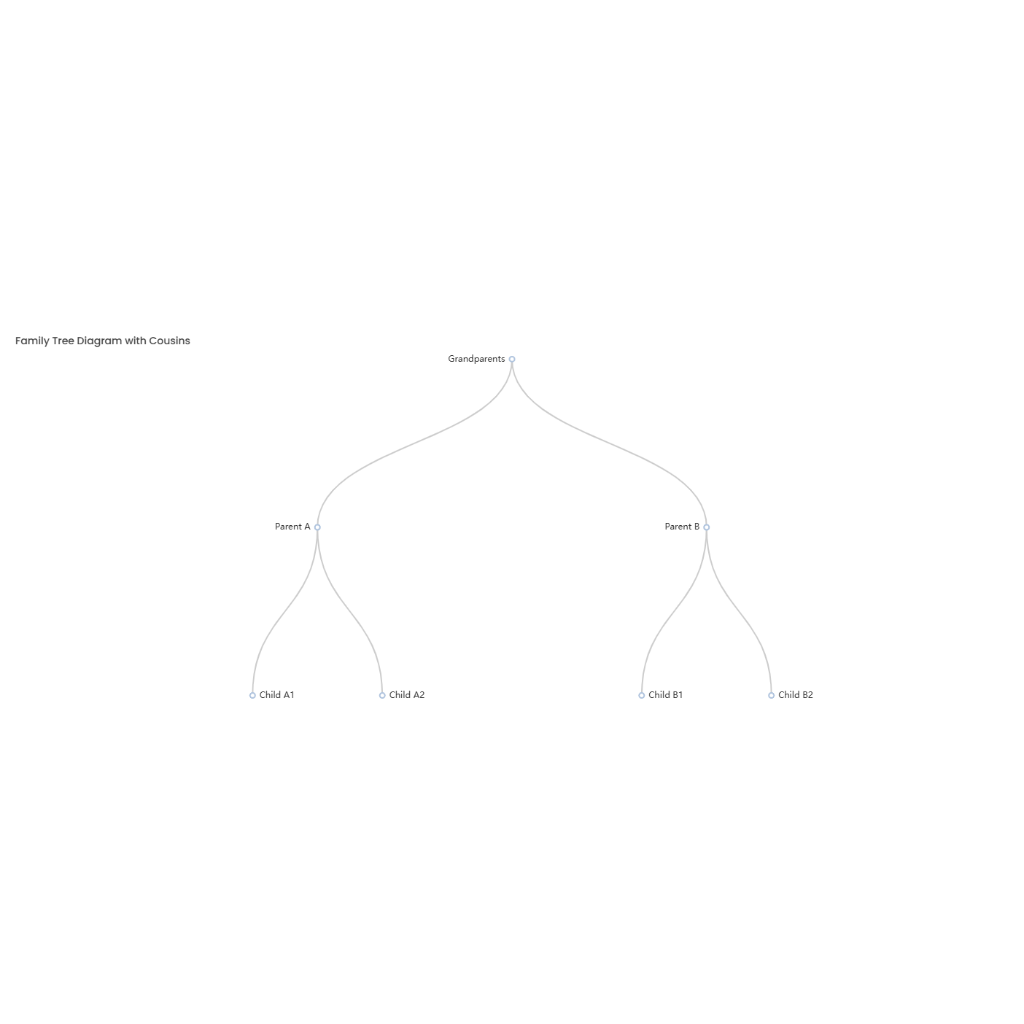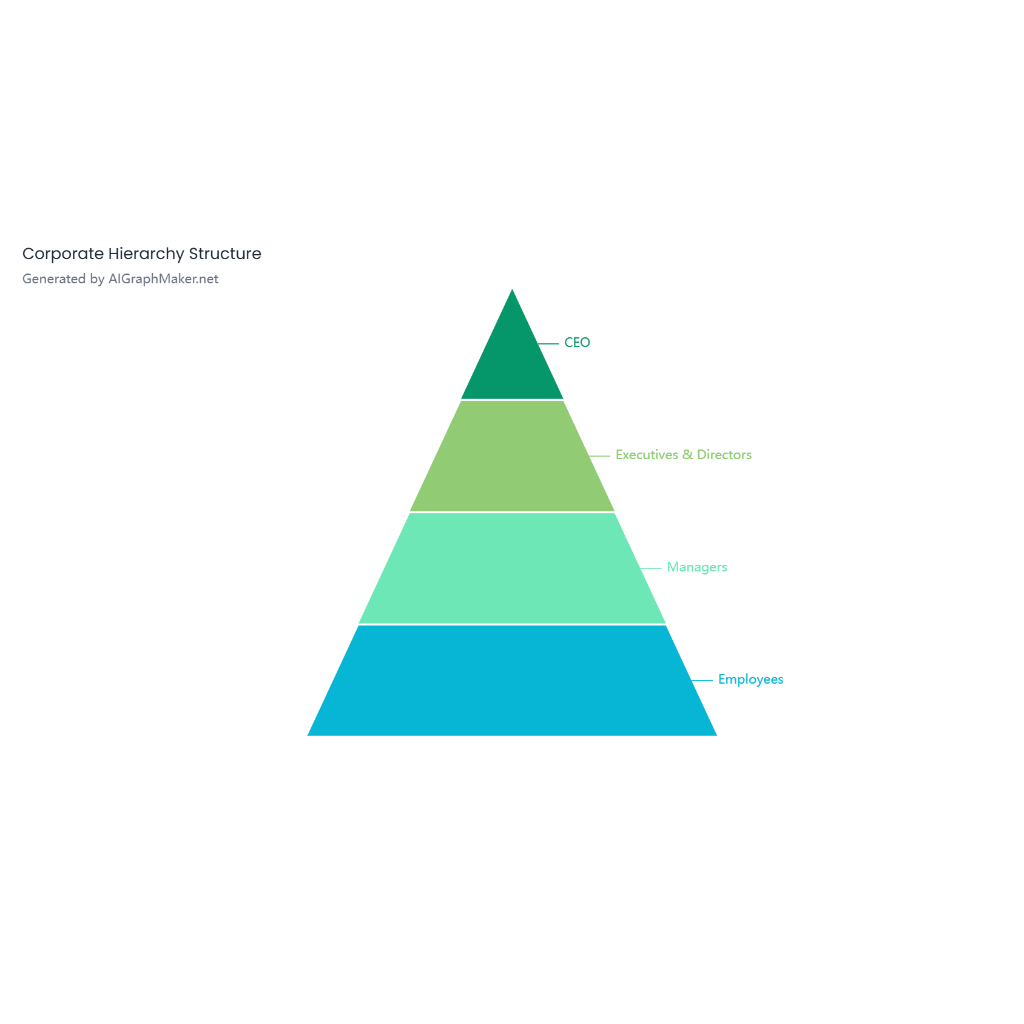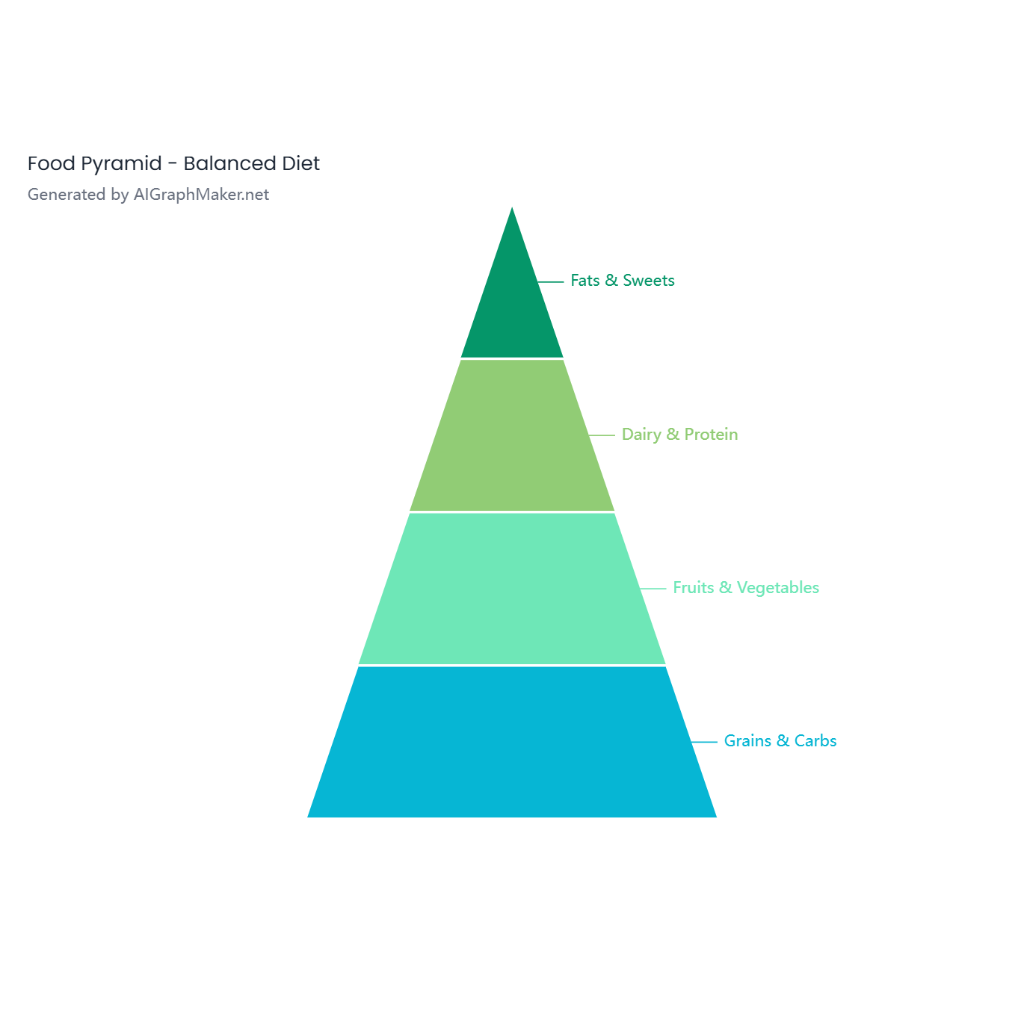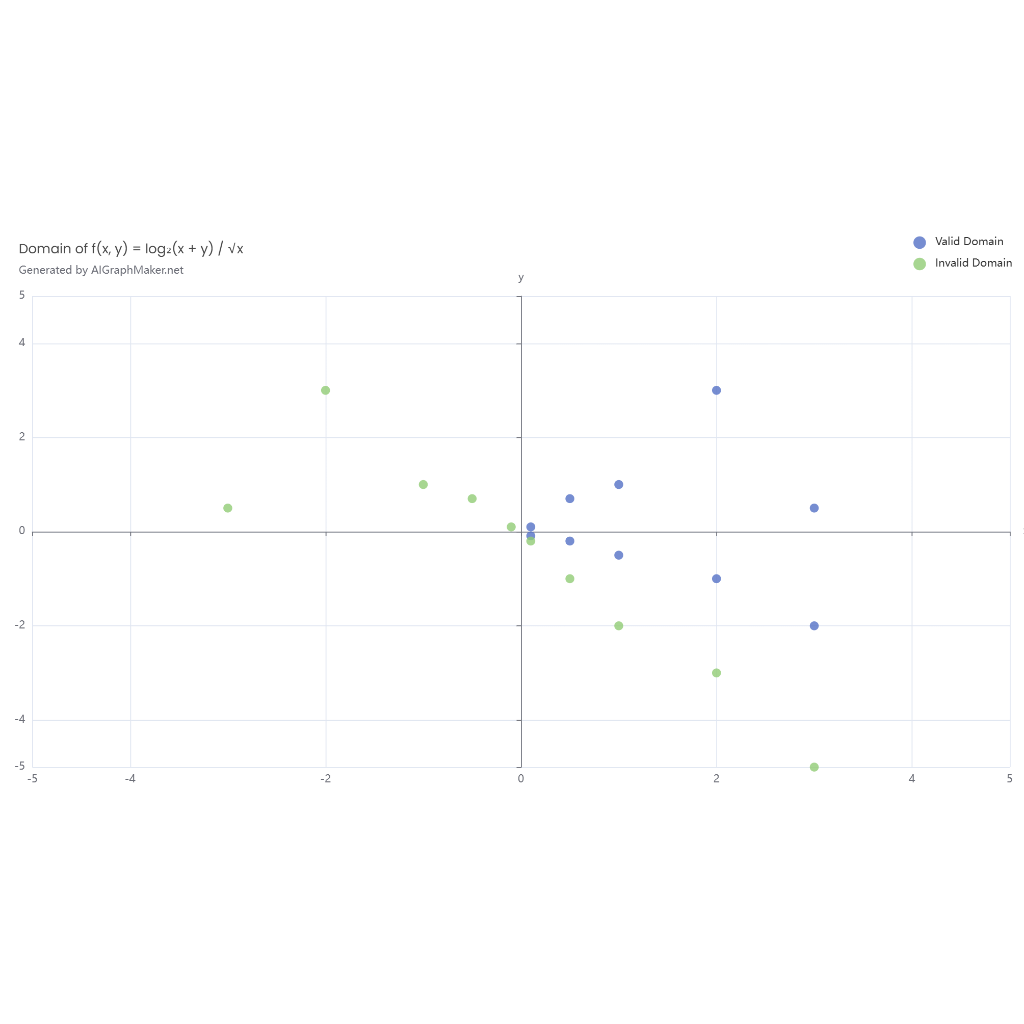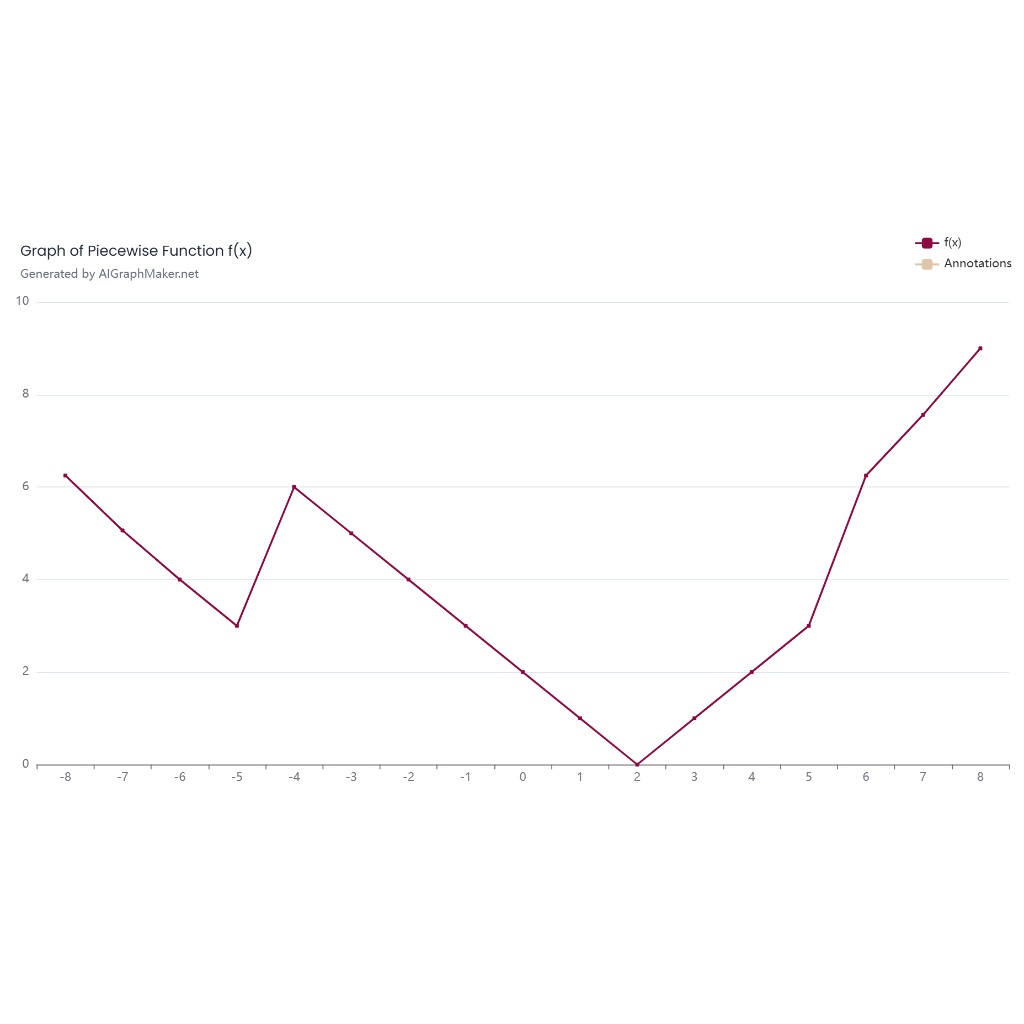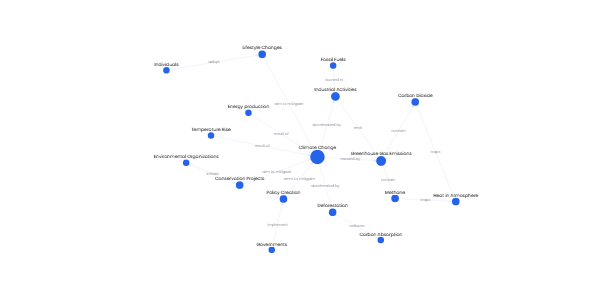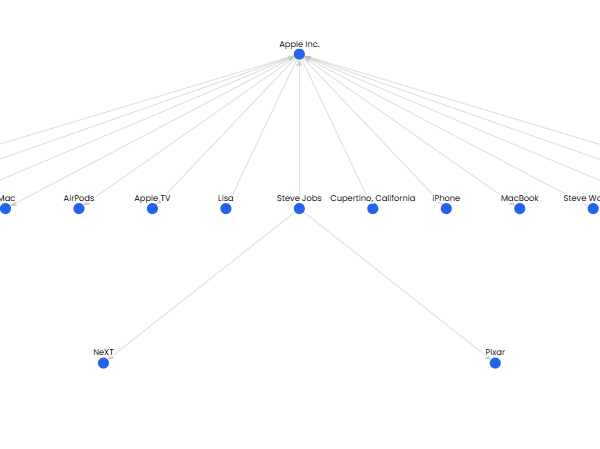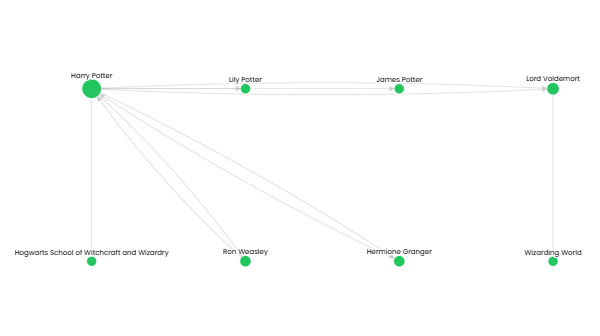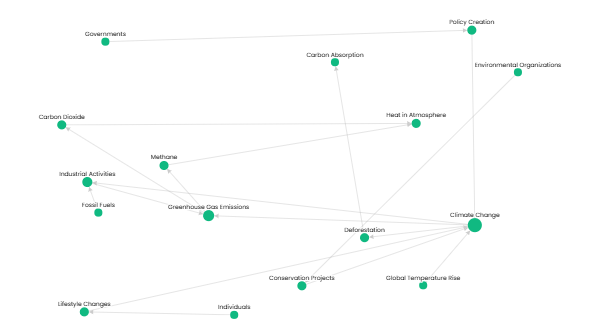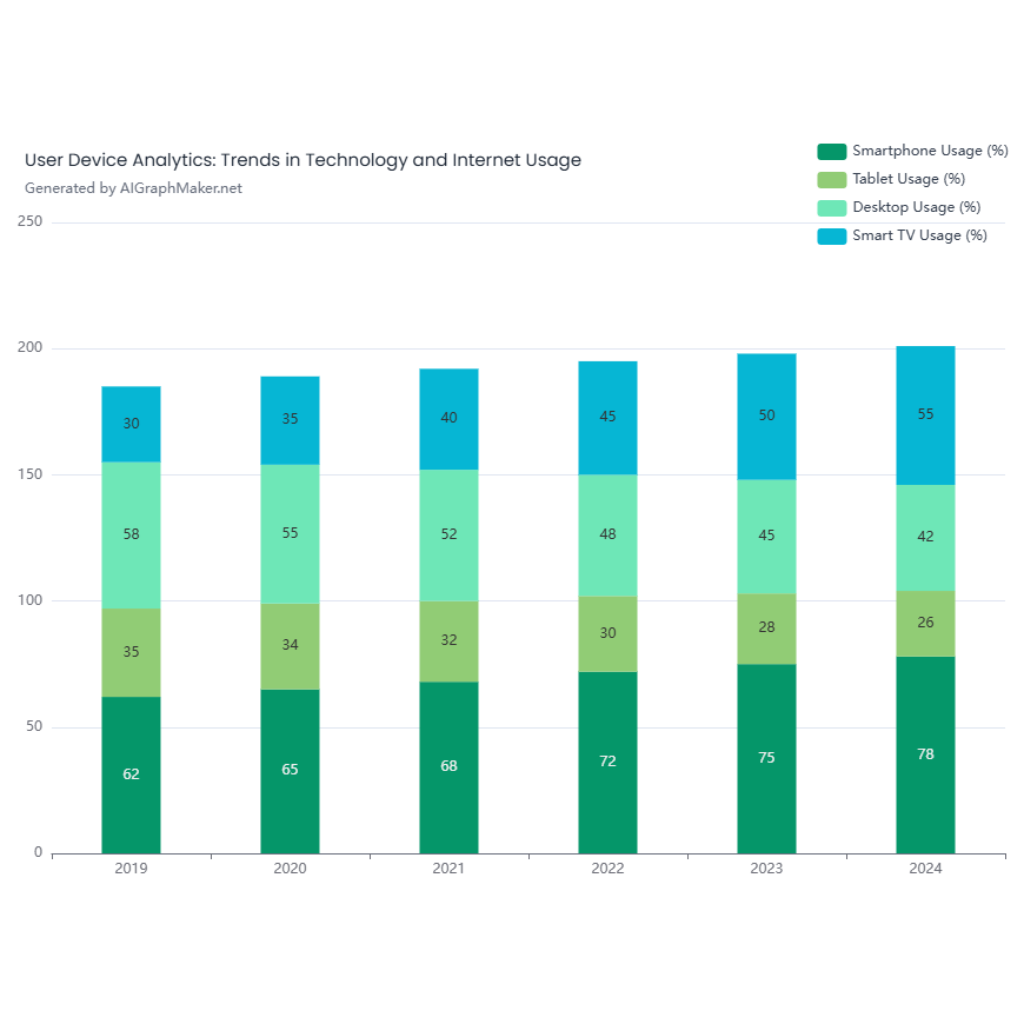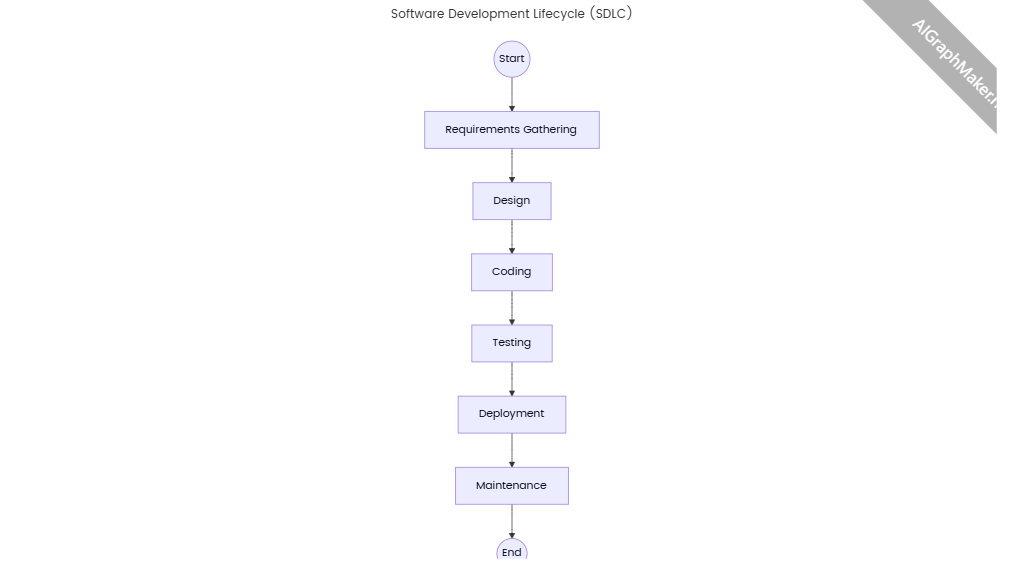Create a pyramid chart representing Maslow’s Hierarchy of Needs. The pyramid has five levels from top to bottom: Self-Actualization (5%), Esteem Needs (10%), Love & Belonging (20%), Safety Needs (30%), and Physiological Needs (35%). Each level should have a distinct color, with the largest section at the base and the smallest at the top. Add labels for each category and a title: 'Maslow’s Hierarchy of Needs'
Description
This pyramid chart visually represents Abraham Maslow’s theory of human motivation, structured as a hierarchical pyramid with five levels. The design reflects the progression from foundational to higher-order needs, with each level’s size and color symbolizing its prevalence and importance in human behavior.
Pyramid Structure & Details
The pyramid is divided into five tiers, ordered from the base (most fundamental) to the apex (most advanced), with percentage values indicating their relative proportion in the pyramid:
- 1. Physiological Needs (35%, Red)
- Base Level: Largest section, representing essential survival needs.
- Examples: Food, water, shelter, oxygen, sleep, and basic biological requirements.
- Color: Red (symbolizes urgency and physical survival).
- 2. Safety Needs (30%, Orange)
- Second Tier: Focuses on security and stability.
- Examples: Personal safety, financial security, health, property, and protection from harm.
- Color: Orange (associates with safety, caution, and stability).
- 3. Love & Belonging (20%, Green)
- Middle Tier: Centers on social connections and relationships.
- Examples: Family, friendship, romantic partnerships, community involvement, and acceptance.
- Color: Green (represents growth, harmony, and social vitality).
- 4. Esteem Needs (10%, Blue)
- Fourth Tier: Involves self-worth, recognition, and respect.
- Examples: Self-esteem, confidence, achievement, status, and admiration from others.
- Color: Blue (signifies trust, dignity, and intellectual stability).
- 5. Self-Actualization (5%, Purple)
- Apex Level: Smallest section, representing self-fulfillment and potential realization.
- Examples: Creativity, personal growth, moral excellence, and pursuing one’s passions.
- Color: Purple (symbolizes spirituality, creativity, and higher purpose).
Design Rationale
- Proportional Sizing: The pyramid’s base (Physiological Needs) is the widest, emphasizing that these needs must be largely satisfied before higher needs become relevant. Each subsequent level narrows, reflecting the decreasing prevalence of needs as individuals progress up the hierarchy.
- Color Psychology: Distinct colors differentiate each level and evoke emotional associations with their respective needs (e.g., red for urgency, green for social harmony).
- Hierarchical Flow: The structure visually reinforces Maslow’s core premise: lower needs act as prerequisites for higher needs. For example, one cannot pursue “Love & Belonging” (Level 3) without first meeting “Safety Needs” (Level 2).
Key Insights
- Motivational Progression: Individuals typically seek to fulfill needs in ascending order, though exceptions exist (e.g., prioritizing love over safety in some contexts).
- Self-Actualization: Only a small percentage of individuals reach this level, as it requires satisfying lower needs and pursuing intentional personal growth.
- Applications: Widely used in psychology, education, and business to understand human motivation, employee engagement, and personal development.
This pyramid serves as a timeless framework for analyzing human behavior, highlighting the layered complexity of what drives individuals to strive for fulfillment.
